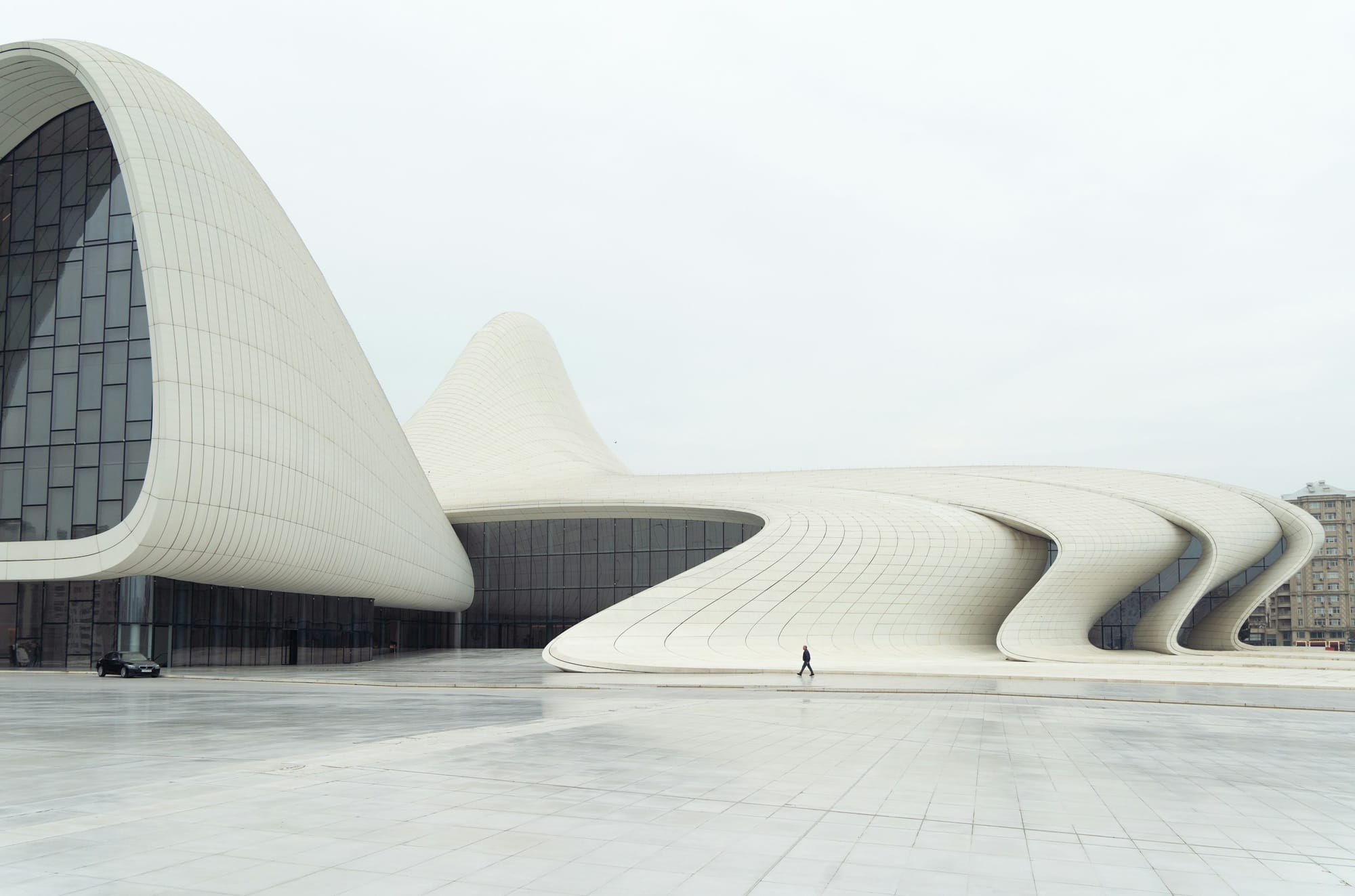An in-depth look at deconstructivism in architecture, a movement characterized by fragmentation and a non-linear approach to design. This article discusses the philosophical underpinnings and impact of this radical style.
Deconstructivism emerged in the late 20th century as a groundbreaking movement that challenged traditional architectural norms. Characterized by fragmentation, distortion, and a rejection of conventional design principles, deconstructivist architecture offers a radical departure from the linear and functional forms of modernism. This movement not only redefined aesthetic possibilities but also introduced new philosophical dialogues about the very nature of architecture.

The Philosophical Foundations of Deconstructivism
Deconstructivism draws inspiration from the philosophical ideas of deconstruction, a concept developed by French philosopher Jacques Derrida. Deconstruction questions established assumptions, emphasizing the fluidity of meaning and the instability of structures. In architecture, this translates to designs that disrupt conventional forms, creating buildings that appear disjointed, chaotic, or disassembled.
"Deconstructivism is about breaking down preconceived notions of form and function," explains Dr. Emily Hart, a professor of architectural theory at the Institute of Contemporary Architecture. "It challenges the idea that buildings must adhere to symmetry or uniformity, instead embracing complexity and contradiction."
Architects like Frank Gehry, Zaha Hadid, and Daniel Libeskind became prominent figures in this movement, pushing the boundaries of design with their unconventional structures. Their works often feature unexpected angles, fragmented forms, and a sense of controlled chaos that defies traditional architectural logic.
For example, the Guggenheim Museum Bilbao, designed by Frank Gehry, is a hallmark of deconstructivist architecture. Its sweeping curves and titanium cladding create a fluid, dynamic form that seems to defy gravity. The building's fragmented appearance invites viewers to experience space in new and unpredictable ways.

Impact on Architectural Practice and Criticism
Deconstructivism has had a profound impact on architectural practice, prompting both admiration and criticism. Proponents celebrate its innovative approach and the freedom it offers designers to explore new forms. Critics, however, argue that deconstructivist buildings can be disorienting and lack practical functionality.
"There's a fine line between artistic expression and usability," says Michael Thompson, a practicing architect and critic. "While deconstructivist designs are visually striking, they sometimes prioritize form over function, leading to spaces that are challenging to navigate or inhabit."
Despite the debates, deconstructivism has undeniably influenced contemporary architecture. It has opened doors for experimentation with materials, construction techniques, and digital design tools. The advent of computer-aided design (CAD) and building information modeling (BIM) has enabled architects to realize complex geometries that were previously impossible.
Zaha Hadid's works, such as the Guangzhou Opera House in China, exemplify this technological synergy. Her fluid, organic designs rely on advanced modeling software to translate abstract concepts into tangible structures.
"Technology has been a catalyst for deconstructivism," notes Sarah Martinez, an architectural technologist. "It allows architects to manipulate forms in unprecedented ways, pushing the boundaries of what's structurally feasible."

Interview with Architect Daniel Lee
To gain further insight into the movement, we spoke with Daniel Lee, a contemporary architect known for his deconstructivist-inspired projects.
Q: What draws you to deconstructivism as an architectural approach?
A: "Deconstructivism resonates with me because it embraces complexity and reflects the fragmented nature of modern society. It allows for a more expressive and interpretive design process, where architecture becomes a dialogue between the structure, the environment, and the observer."
Q: How do you address the balance between aesthetic innovation and functionality in your designs?
A: "Functionality is still paramount. The challenge is to integrate deconstructivist principles without compromising the building's usability. This requires thoughtful planning and often innovative solutions to ensure that the space meets the needs of its users while also offering a unique visual experience."
The Legacy and Future of Deconstructivism
As we move further into the 21st century, deconstructivism continues to influence architectural thought and practice. Its principles have permeated various aspects of design, from urban planning to interior spaces. The movement encourages architects to question conventions, explore new materials, and consider the psychological impact of space on individuals.
"Deconstructivism has left an indelible mark on architecture," asserts Dr. Hart. "It has expanded the vocabulary of design and opened up possibilities that continue to inspire new generations of architects."
However, the future of deconstructivism may involve a synthesis with other movements, particularly those emphasizing sustainability and environmental responsibility. The challenge lies in integrating deconstructivist aesthetics with eco-friendly practices.
"There's potential for a new wave of deconstructivism that prioritizes sustainability," suggests Sarah Martinez. "By using recycled materials or designing for energy efficiency, architects can create buildings that are both visually compelling and environmentally conscious."
Deconstructivism remains a provocative and influential movement in architecture, challenging designers and observers alike to reconsider the relationships between form, function, and meaning. By deconstructing conventional forms, architects open new pathways for expression, innovation, and dialogue within the built environment.










